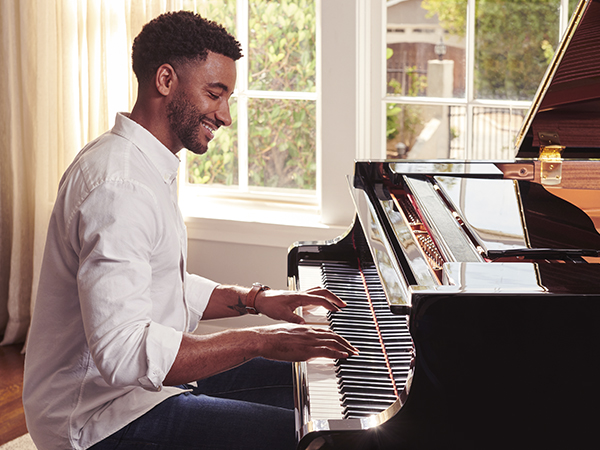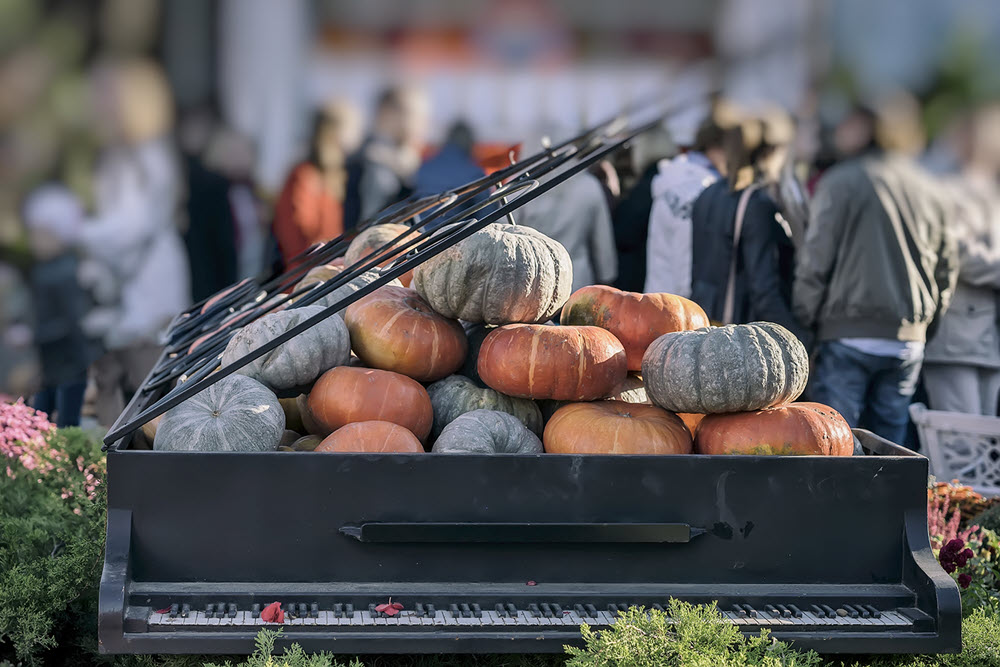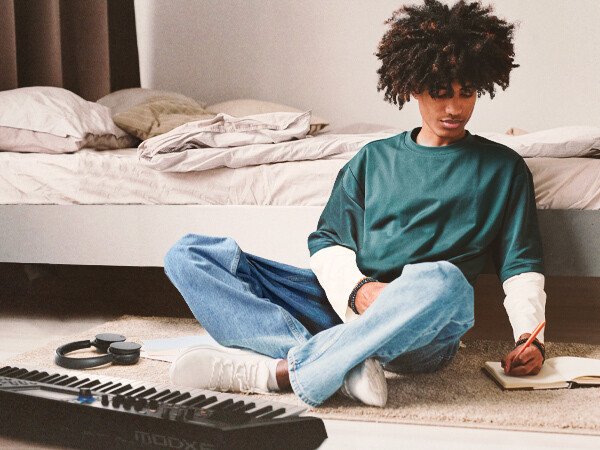What Is Bedroom Pop?
Learn about the sound, history and top practitioners of this fast-growing genre.
For the past decade-plus, a new style of music and music production has been growing in popularity, particularly amongst younger music fans. The rise of DAW (Digital Audio Workstation) software like Steinberg Cubase, along with compact, affordable recording equipment, has given aspiring artists increased opportunities to create full-blown musical productions in their homes (as opposed to being forced to go into professional recording studios) and to release them to a worldwide audience through social media and popular file sharing websites. The result? A brand-new genre of self-produced songs and artists that are calling the shots and cranking out hits from their bedrooms.
So what is Bedroom Pop, anyway? In this article, we’ll take a deep dive into the sound and history of this burgeoning genre, and identify some of the top practitioners of the style.
THE SOUND OF BEDROOM POP
Actually, the term “Bedroom Pop” applies more to how the music is made than what it sounds like. Bedroom Pop songs might comprise rock, Americana, hip-hop or any number of musical styles. What they will almost always have in common, though, are the following three things:
1. A sense of vulnerability. Since the production occurs not in a big, splendid studio but in a small, personal bedroom, the songs tend to resemble the intimate place in which they were made, with a markedly personal sensibility in terms of both the songwriting and the performance.
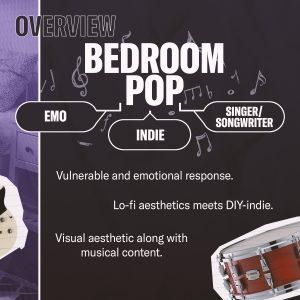
2. Lo-Fi production and sparse instrumentation. Building on the initial Lo-Fi revolution of the 90s but now fully digital, Bedroom Pop records tend to have a bare-bones production that often emulate the tape-saturated tones of the earlier era, complete with warbly Beatle-esque keyboards and guitars, as well as chill drums and, often, the sound of analog synths.
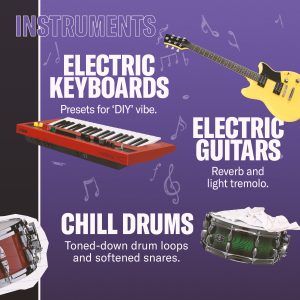
3. A visual aesthetic. Today’s technology has progressed to where artists now have the ability to shoot and edit their own videos on their laptops. This allows Bedroom Pop artists to market their music the way they want and freely bring their visions to life via outlets such as YouTube, Instagram and TikTok, where, with the helpful aid of algorithms, thay are able to find a global audience.
THE HISTORY OF BEDROOM POP
The roots of Bedroom Pop go back to the reinvention of the home recording industry in the 1980s and 1990s, when the ability to write and record songs at home started to become more prevalent. DAW software — along with easy-to-use plug-ins that provided lifelike samples of acoustic instruments, synth emulators, professional effects and the like — allowed recordings to be made on laptops with the click of a mouse.
What resulted was a slew of home-recorded artists who became known for their subdued vocals and DIY techniques, and a seductive indie sound that focused on the intimacy of the artist rather than a full-scale studio production.
Pioneering Bedroom Pop artists include Elliot Smith, who recorded his album Roman Candle completely in a home basement studio way back in 1993; Beck, whose early albums featured numerous home recordings; and Alanis Morrisette, who recorded all the vocals to her 1995 mega-hit album Jagged Little Pill in producer Glen Ballard’s home studio.
In 2018, Spotify certified Bedroom Pop as a bona fide genre with a dedicated playlist that has amassed over a hundred standout songs and nearly one million “likes” to date. Today, most streaming platforms include popular “Bedroom Pop” playlists among their offerings.
CONTEMPORARY BEDROOM POP ARTISTS
Billie Eilish
For all the successes of early Bedroom Pop artists, perhaps no one exemplifies the genre more than multiple Grammy® Award-winner Billie Eilish, who wrote and recorded now-legendary songs like “bad guy” in her Los Angeles home. Eilish would sing layer after layer of vocal tracks sitting on her bed with a handheld mic while her brother Finneas would record her and produce homemade beats that featured lit matches as snare samples and stomped feet as kick drums.
mxmtoon
Another major Bedroom Pop artist of note is 21-year-old ukulele-playing mxmtoon (also known as Maia), whose self-released 2018 EP, Plum Blossom, was recorded in her parents’ guest bedroom and has since been streamed over 100 million times. Since that time, her singles, EPs and albums range from the lyrically insightful to the sonically delightful, with her jazzy song “falling for u” (performed in collaboration with peachy) earning over 5.5 million YouTube streams.
beabadoobee
Filipino-British singer-songwriter beabadoobee rose to fame in 2018 after getting her first guitar just the year before. Over the next three years, she released five EPs, including Loveworm (Bedroom Sessions) and a debut LP, Fake It Flowers. While her sound began in rock or pop-punk styles, she’s tended more towards traditional pop recently. Her intimate tune, “Coffee,” has earned some 5 million views on YouTube to date.
Soccer Mommy
The Nashville-based artist known as Soccer Mommy released her first album, Clean, in 2018. Prior to that, she released a series of EPs, including the 2015 Songs from My Bedroom, followed a year later by Songs from My Bedroom (pt. 2). Her subdued rock hit, “Shotgun” — the video for which is shot in a literal bedroom — has since earned some 300,000 YouTube views since its release in the spring of 2022.
As more and more artists continue to follow in the footsteps of Eilish, mxmtoon and others, the genre will likely continue to increase in popularity and footprint. Who knows? As technology advances and increases in availability, we all may be Bedroom Pop artists one day!










